Capabilities in South Korea

Northrop Grumman offers an extraordinary portfolio of capabilities and technologies that enable us to deliver innovative systems and solutions for applications that range from undersea to outer space and into cyberspace. In addition to delivering innovative systems, our core competencies are aligned with the current and future needs of our customers and address emerging global security challenges in the following key areas: Cyber, Logistics, Autonomous Systems, C4ISR and Strike.
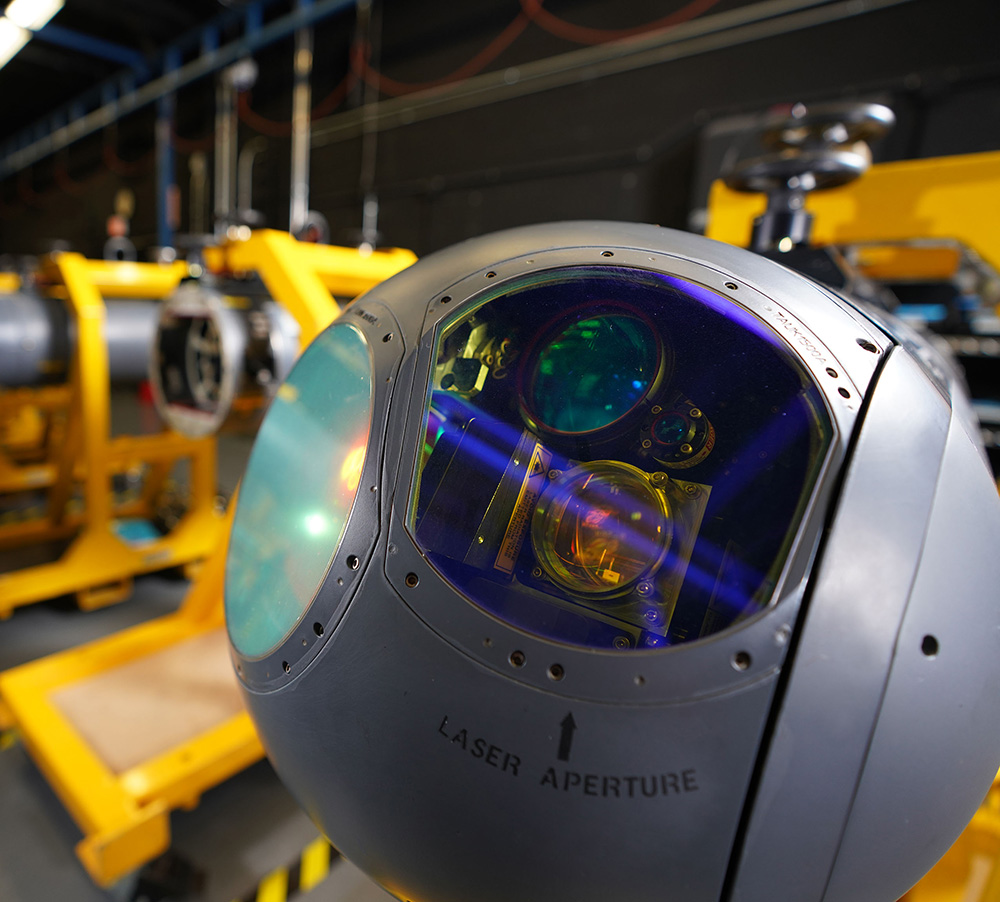
LITENING Electro-Optical/Infrared Targeting Pod
LITENING is an electro-optical infrared sensor system for targeting and surveillance that enables aircrews to detect, acquire, identify and track targets at long ranges. LITENING enables a wide range of missions, including precision targeting, close air support, intelligence, surveillance and reconnaissance, and humanitarian assistance.
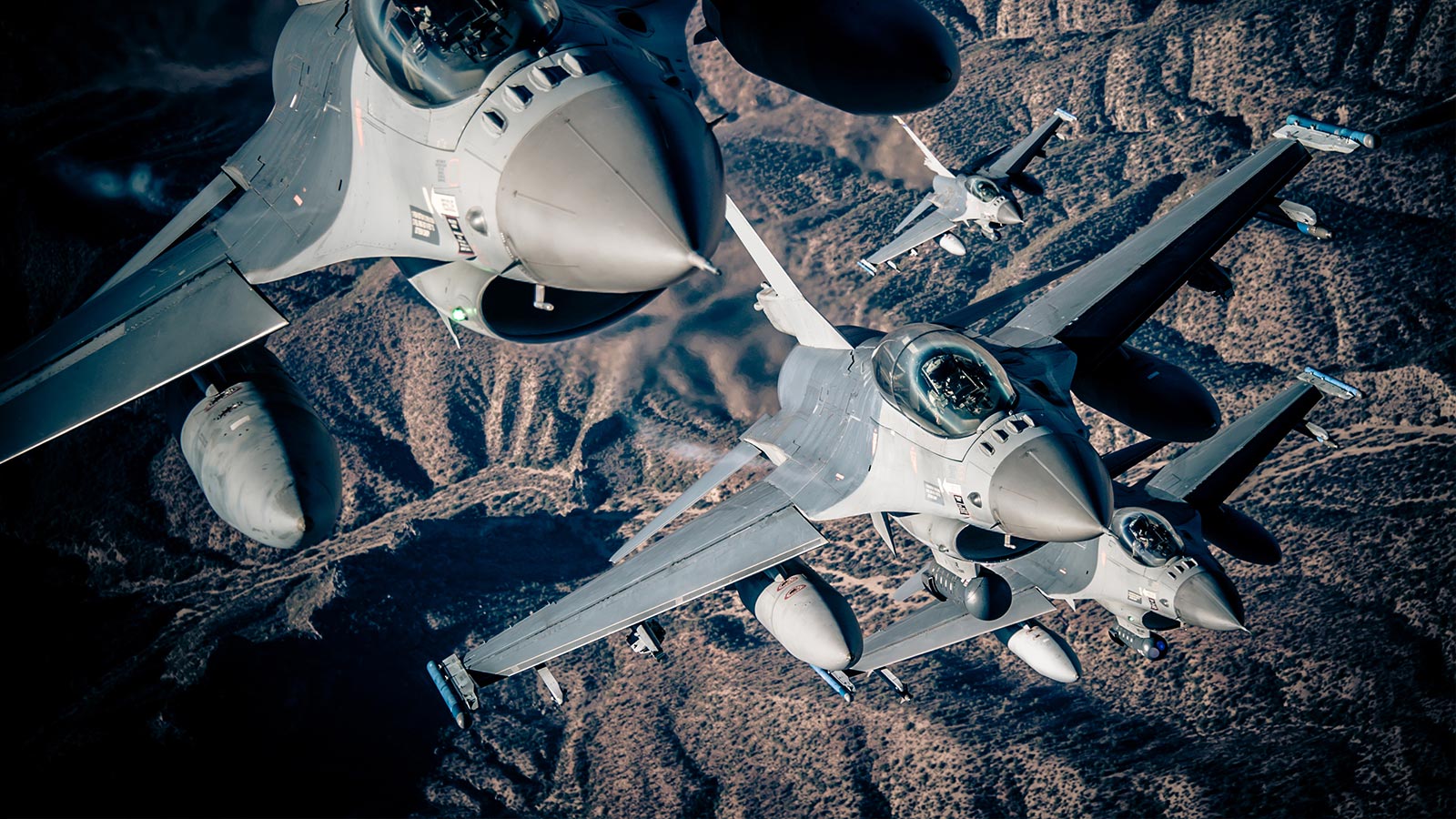
Airborne Electronic Warfare
The AN/ALQ-257 Integrated Viper Electronic Warfare Suite (IVEWS) is designed to give F-16 electronic warfare (EW) capabilities on a par with fifth-generation aircraft, significantly enhancing survivability for operations in contested and congested electromagnetic spectrum environments.
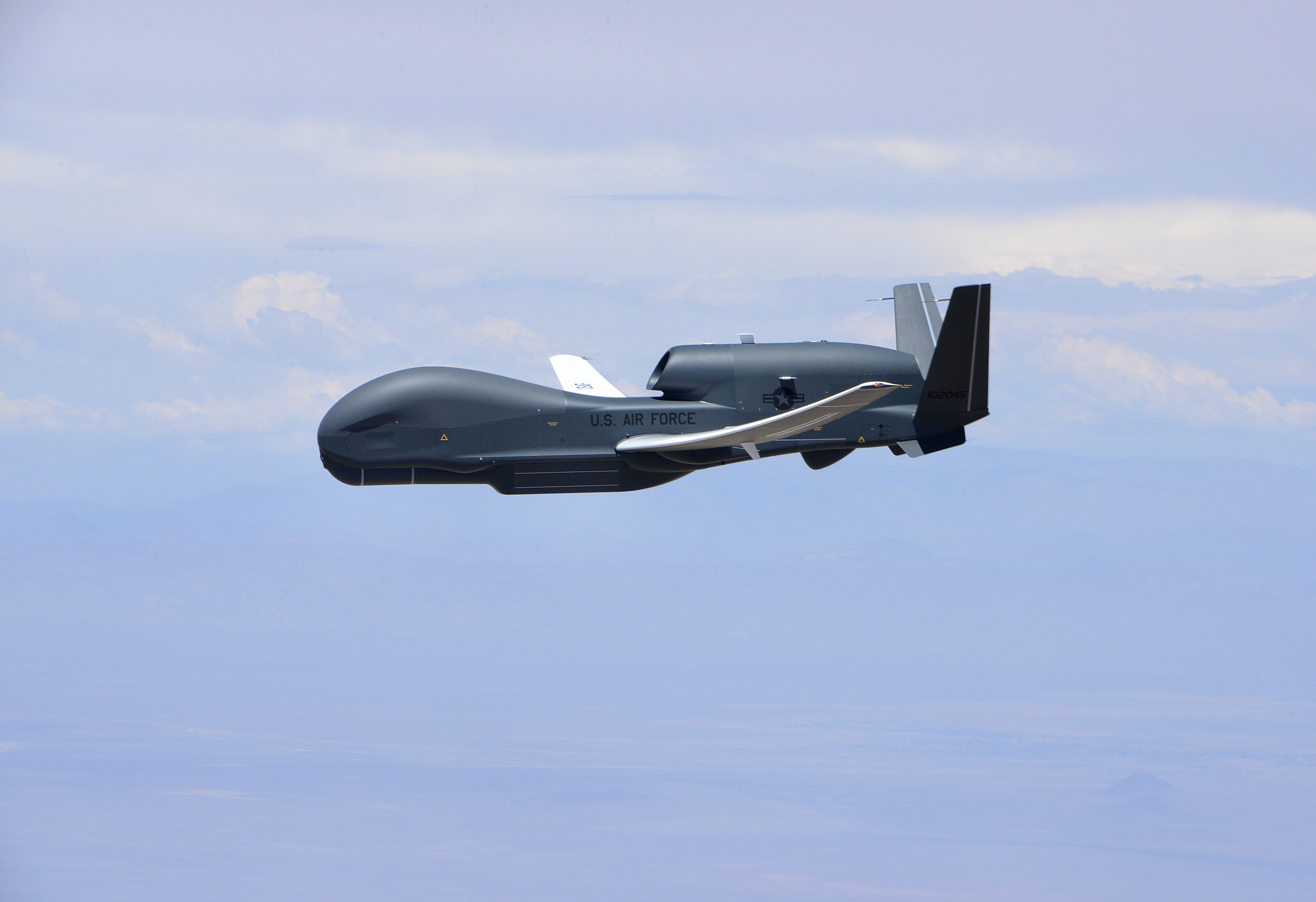
RQ-4B Global Hawk
The RQ-4 Global Hawk autonomous aircraft system is the premier provider of persistent intelligence, surveillance and reconnaissance information. Able to fly at high altitudes for more than 30 hours, Global Hawk is designed to gather near-real-time, high-resolution imagery of large areas of land in all types of weather, day or night.
Global Hawk has amassed more than 250,000 flight hours with missions flown in support of military operations in Iraq, Afghanistan, North Africa and the greater Asia-Pacific region. The system will provide an affordable platform, delivering mission-critical information to Korea.
In active operation with the U.S. Air Force since 2001, Global Hawk sees potential threats to allow commanders to gain greater understanding of an area of interest. These same intelligence-gathering capabilities also allow civil authorities greater ability to respond to natural disasters, conduct search-and-rescue operations and gather weather and atmospheric data to help forecasters predict the paths of storms.
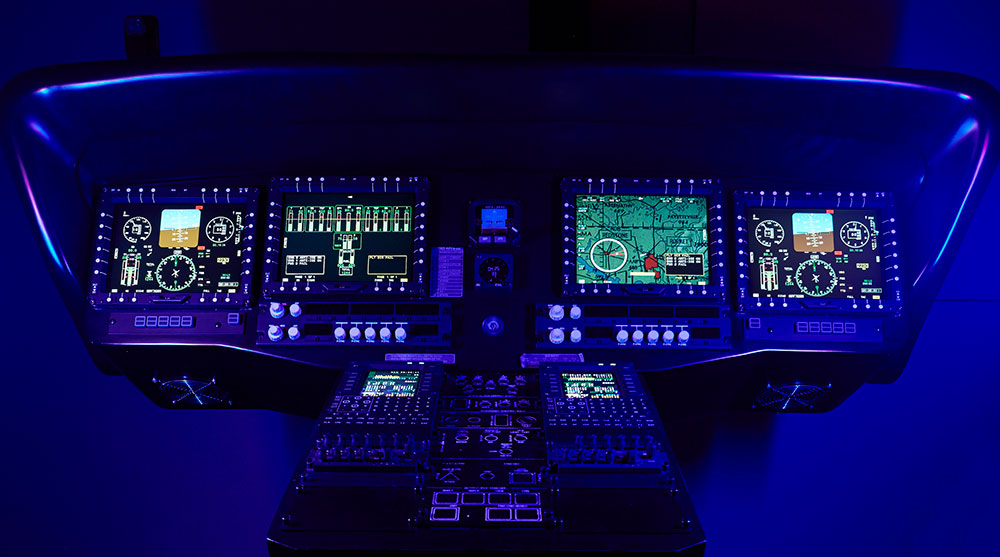
Integrated Mission Equipment Package
Northrop Grumman offers a fully integrated digital avionics mission equipment package that is safe, affordable, agile and scalable for platform modernization. We are providing cutting-edge, advanced technology for U.S. military avionics upgrade programs, enabling increased capabilities. Northrop Grumman offers a fully integrated digital avionics mission equipment package that is safe, affordable, agile and scalable for platform modernization. We are providing cutting-edge, advanced technology for U.S. military avionics upgrade programs, enabling increased capabilities. Northrop Grumman's open architecture is flying now on the U.S. Army UH-60V aircraft.
Our open architecture solution can also be applied to the Republic of Korea's upgrade of its UH-60P fleet, extending the life of the fleet, countering obsolescence, preserving investment in the platform, and enabling future growth in mission capabilities. The result is standardization across the Republic of Korea's military aircraft fleet, interoperability with the U.S. Army's fleet, and a cost-effective avionics solution over a program's life cycle, including reduced maintenance costs. Meanwhile, warfighters will benefit from improved situational awareness and mission safety as well as reduced pilot workload.
Northrop Grumman values establishing long-term partnerships with our customers to enable them to perform upgrades and modifications in-country, independently, without having to involve the original equipment manufacturer, resulting in cost and time savings. We support authorized technology transfer and expansion of capabilities in country to benefit the local economy and labor market, positioning Korea to expand its aircraft upgrade business across the global market.
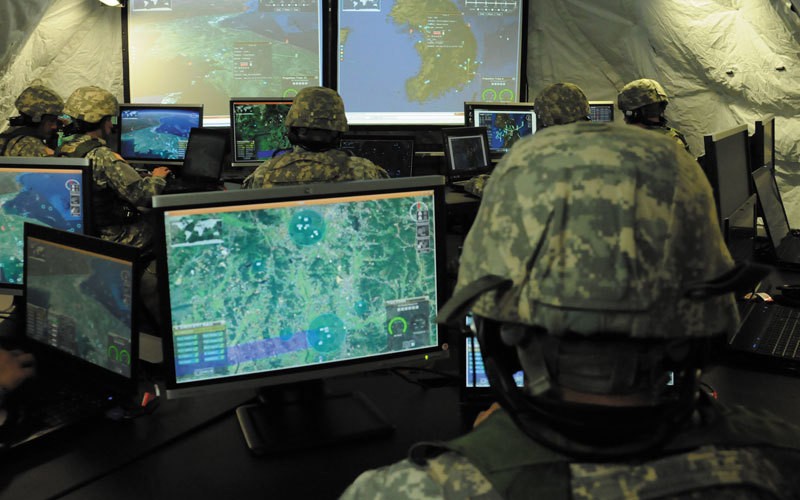
Integrated Air and Missile Defense (IAMD)
IAMD is a multilayered missile defense system-of-systems, providing capabilities across air, land, sea and space domains. Northrop Grumman has unmatched expertise in complex air and missile defense systems and is the prime contractor for the U.S. Army's IAMD programs of record.
Both systems feature mission-critical features, including open, multi-domain architecture that enables interoperability, integration and affordability. By using these systems, our revolutionary IAMD approach allows for more flexible defense designs and smaller forces to be deployed while increasing protection area.
Integrated Battle Command System (IBCS)
IBCS is the sole U.S. government-approved solution for interoperable IAMD C2 for allies and coalition forces. The system provides an enhanced common operating picture for air and missile defense warfighters and commanders and delivers "any sensor, best effector" capabilities. IBCS is designed to replace older, outdated C2 systems and infrastructure of heritage programs as well as integrate current and future sensors and weapon systems for the most cutting-edge IAMD possible.
Northrop Grumman is the prime contractor for this revolutionary IAMD system that allows for more flexible defense designs and smaller forces to be deployed while increasing protection area. IBCS' open system architecture is foundational to enabling joint interoperability, making it a cost-effective solution to defend against an increasingly complex threat.
IBCS: System of Systems
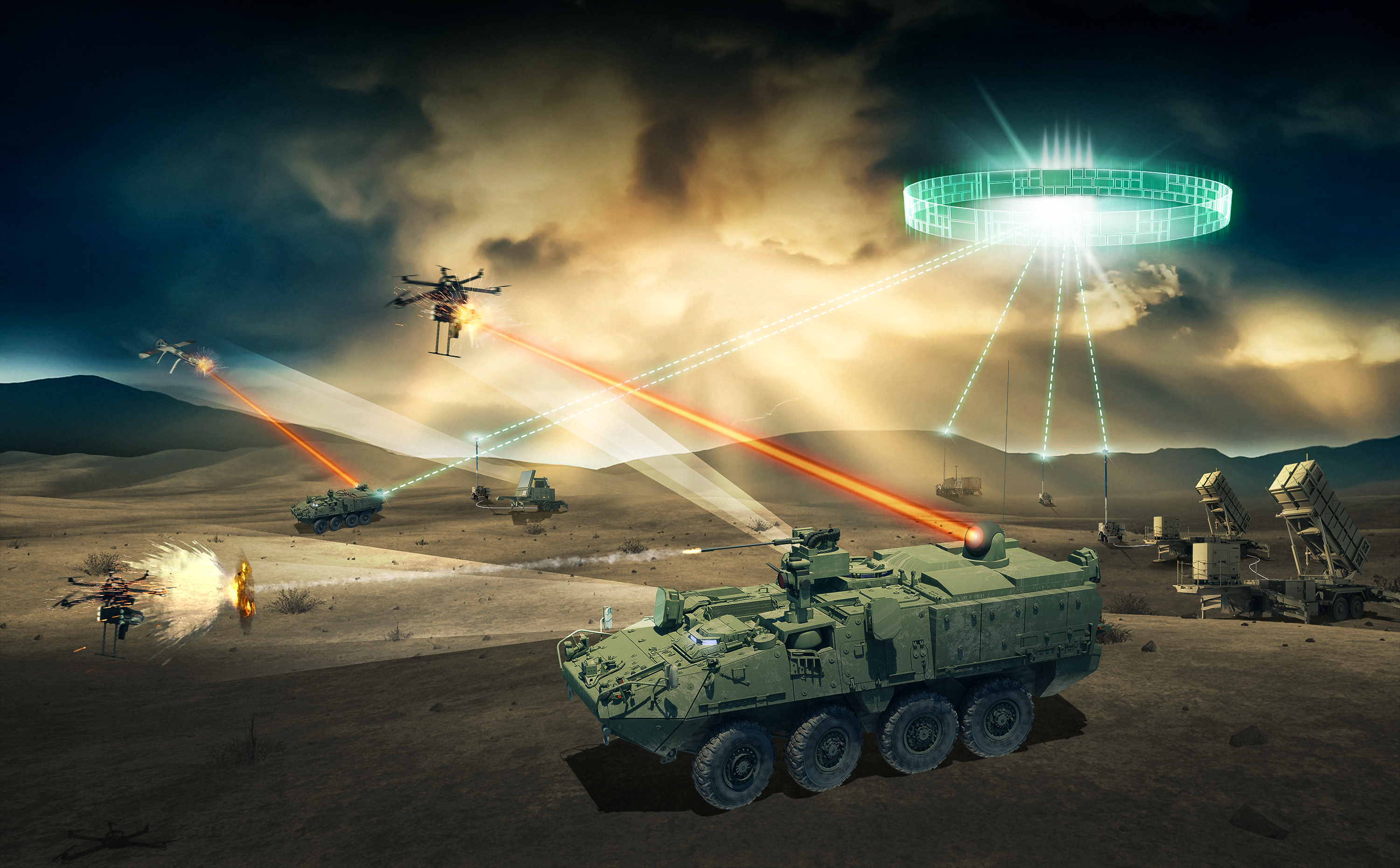
Short Range Air Defense (SHORAD)
Northrop Grumman's SHORAD capabilities protect U.S. and allied forces from a wide range of manned and unmanned air and missile threats. Our capabilities use sensors, weapons and command control to acquire, track, verify, engage and defeat incoming threats and are built on an open systems architecture that enables integration of a variety of sensors and solutions to defeat current and future threats.
Navigation and Maritime Systems Capabilities in South Korea
Northrop Grumman has been providing airborne and land navigation, guidance and stabilization products for the ROK armed forces for more than four decades. Our airborne navigation INS systems have been operational in the ROKAF on platforms from the F-104 Starfighter to today's F-16 Fighting Falcon. Our versatile IMU and gyro products are used in many applications such as missile/torpedo guidance, EO/IR/Radar stabilization, Attitude and Heading Reference System (AHRS), flight controls and EO/IR/Radar stabilization. Our space products, with the Hemispherical Resonator Gyro (HRG) sensors, combine innovation and high reliability — with 100% mission success in over 40 million on-orbit hours — for precision performance on space missions.
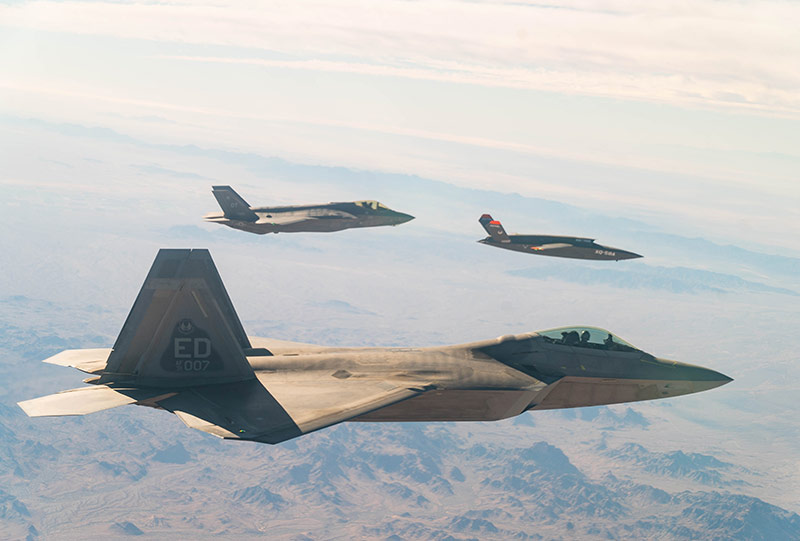
F-16 Fighting Falcon/Shark Torpedo Program/KOMSAT
Northrop Grumman's LN-260 INS/GPS was selected by the ROKAF as the navigation system for the ROKAF KF-16 upgrade program. The LN-260 is the state-of-the-art fiber-optic gyroscope (FOG)-based inertial navigation sensor assembly 24 channel Selective Availability Anti-Spoofing Module (SAASM) GPS, providing superior navigation and Synthetic Aperture Radar stabilization performance for Northrop's new SABRE ASEA radar and legacy fire control radars system.
Northrop Grumman's versatile LN-200 FOG IMU is installed in all of the Shark Torpedo Variants (Red, White and Blue) for the guidance package and more recently is being evaluated to stabilize the EO/IR sensor on the ROKAF future KFX aircraft.
Our SSIRU Scalable Inertial Reference Unit for Space products were selected for use in KAI KOMSAT satellites.
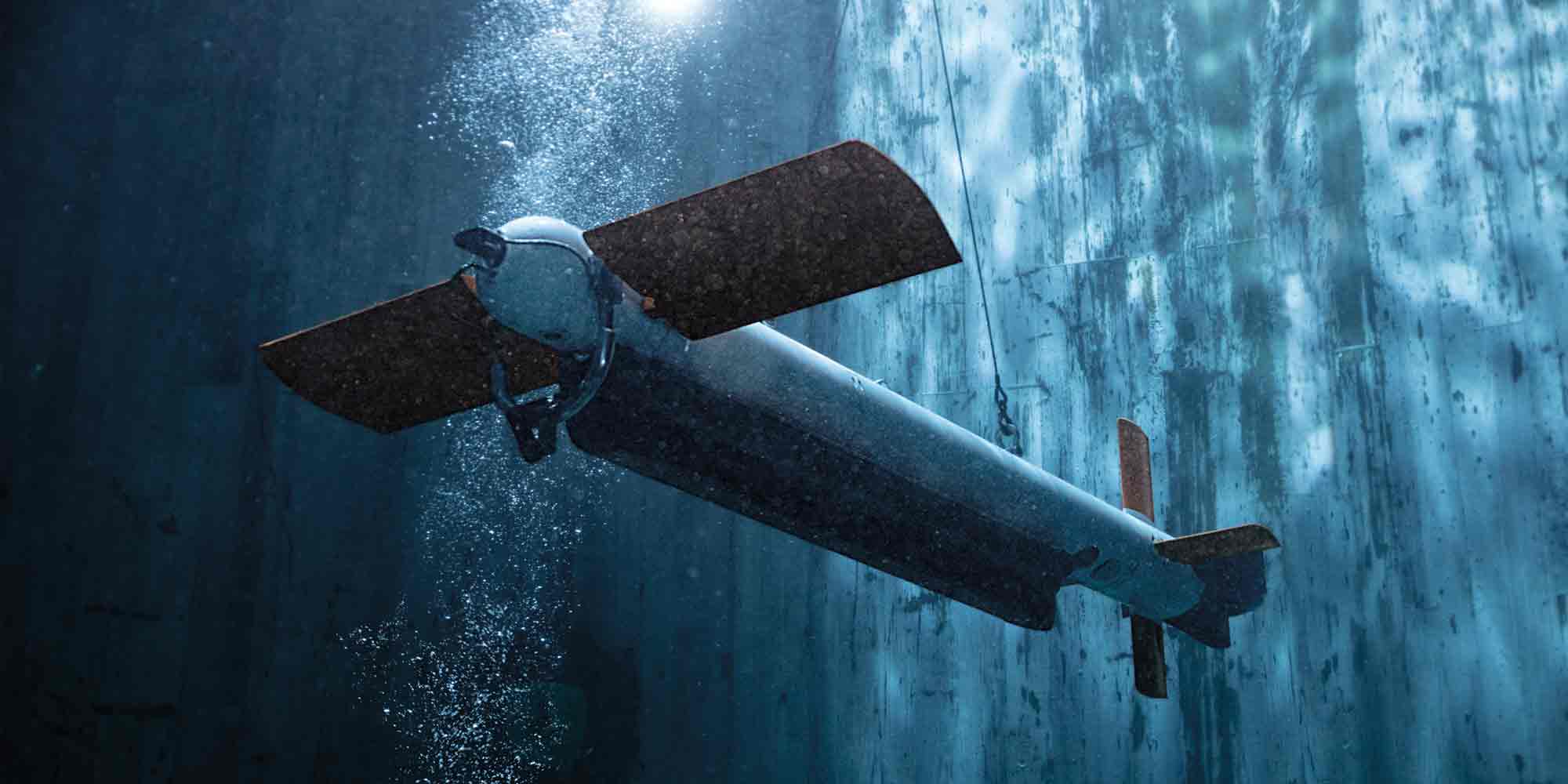
AQS-24B Minehunting System
Northrop Grumman has three decades of in-fleet airborne mine countermeasure experience with 27 systems fielded. The company was the first to field electro-optic mine identification and developed the first long-range synthetic aperture sonar for mine warfare, the first mine warfare unmanned surface vessel (jointly with the Naval Undersea Warfare Center) and mine warfare unmanned underwater vehicles. The AQS-24B has significantly improved image resolution as well as the speed of real-time sonar processing.
The AQS-24B Minehunting System is the only deployed and operationally proven, high-speed airborne mine hunting system in the world. It has a high-resolution, side scan sonar for real-time detection, localization and classification of bottom and moored mines at high area coverage rates. The laser line scanner provides precision optical identification of underwater mines and other objects of interest.